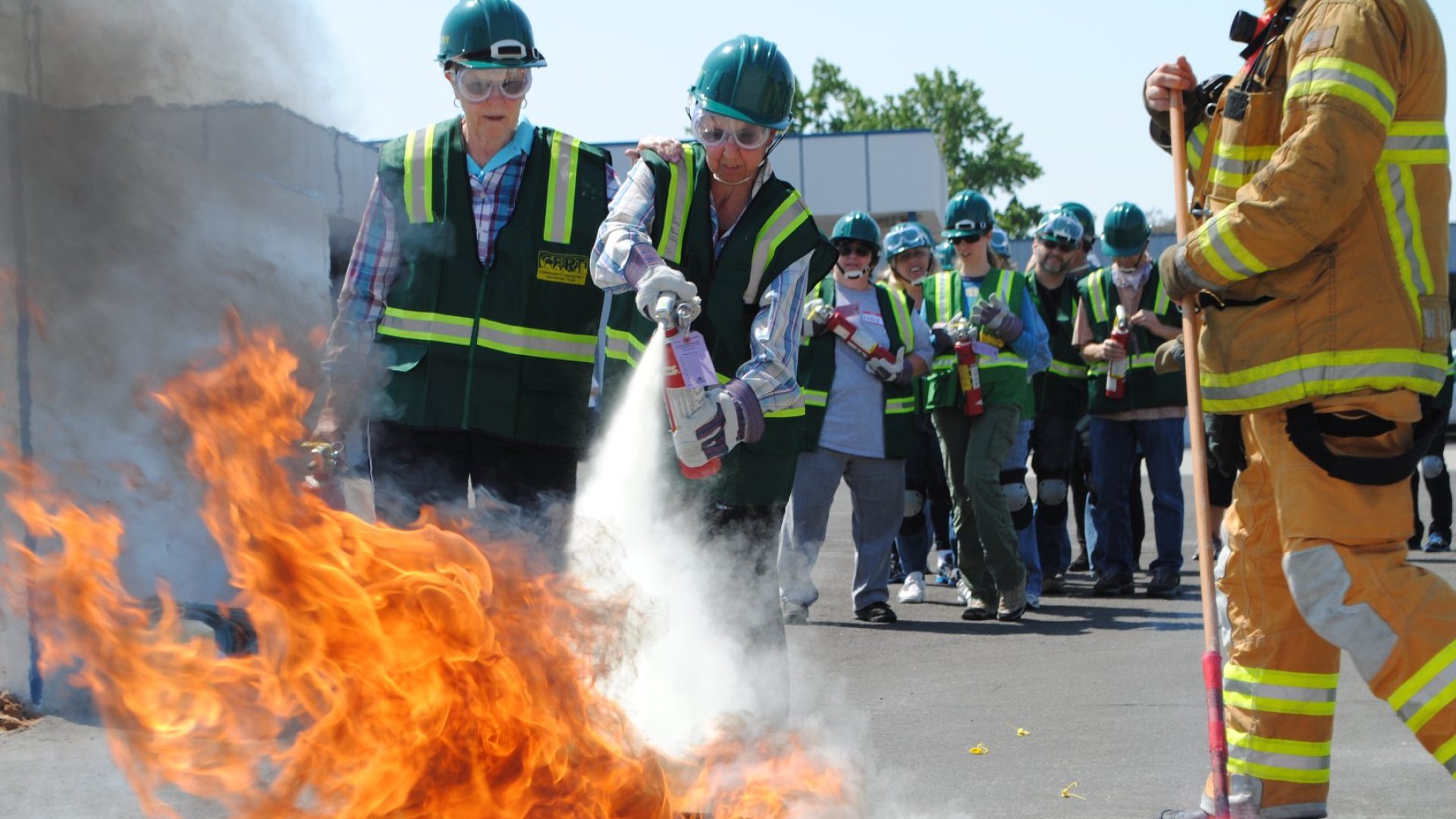Twelve Golden Rules From The Kitchen For Effective Leadership: ‘Mise En Place’
We’ve often been taught that “faster is better” when hustling to get a job done, but during my time working in the catering business, I learned...
2 min read
Jeanette Pryor Oct 26, 2022

An army of volunteers dedicated thousands of service hours to response and recovery efforts when Hurricane Ian struck on September 28, 2022. To help their communities qualify for FEMA cost-recovery Public Assistance funding, many rely on digital credential-linked time-tracking and activity logs to document, report, and apply for reimbursement of this donated labor.
On an August night in 2005, a concerned neighbor woke political science teacher and author Daniel Aldrich and warned him to flee with his wife and children as Hurricane Katrina approached. Aldrich knows his family survived thanks to his New Orleans neighbor. He stared studying how people in different countries help each other in disasters. Now the director of the Resilience and Security Studies program at Northeastern University, Aldrich is convinced:
Communities are the sum of their relationships. Neighbors are the key to survival.
After watching non-professional responders in Japan, Aldrich realized in 2011:
It is the personal ties among members of a community that determine survival during a disaster, and recovery in its aftermath.
The Japanese model played a critical role in the development of Community Emergency Response Teams (CERTs) in the United States.
In 1985, Assistant Fire Chief Frank Borden of the Los Angeles Fire Department (LAFD) accompanied an American delegation to Japan to study earthquake preparedness. He saw ordinary citizens train for emergency rescue. He thought vulnerable Los Angeles, California, needed the same proactive culture. Before he could make that happen, Mexico City tragically experienced an 8.1-magnitude earthquake where 100 rescuers lost their lives. Borden traveled to the disaster zone to learn what basic training might have saved them.
In 1986, the LAFD launched the first training programs Borden and his colleagues developed – the Community Emergency Response Teams (CERT).
CERT’s goal was to:
Educate volunteers about disaster preparedness for the hazards that may impact their area and trains them in basic disaster response skills, such as fire safety, light search and rescue, team organization, and disaster medical operations.
In 1991, FEMA decided Los Angeles had the best community preparedness program in the country and wanted to expand it across the United States. It was important to combine the state CERT programs into something cohesive with set guidelines. CERT depends on this cohesiveness.
The guidelines of the new citizen training program would include unified training and the benefits of credentialing. It would allow professional agencies, even those from different states to:
A unified and systematic organization would best serve the 600,000 CERT volunteers, section chiefs, and team leaders nationwide by:
In August 2021, FEMA released its National Resource Typing for the Community Emergency Response Team (CERT) program, setting a national credentialing standard. To reach a FEMA credentialing level, an individual needs to achieve specific training and experience metrics.
FEMA CERT credentials are issued to every eligible member and prove they are fully qualified and trained. CERT uses digital solutions to close the gap between citizen responders and emergency services agencies by making the certifications easy to share and verify.
The brutal lessons of catastrophic earthquakes inspired the original CERT founders to train courageous people to help others survive safely. Today’s CERT leaders and programs deploy verified, skilled, and credentialed volunteers to support nearly every community disaster and emergency.
Credentialing a Nation's Volunteer Responder Network was first published in the September 2022 issue of the Domestic Preparedness Journal by Patty Ridings, Public Information Officer for the National Community Emergency Response Team Association. The article details the role digital credentials played in her organization's evolution as a key support for all U.S. disaster management.
We’ve often been taught that “faster is better” when hustling to get a job done, but during my time working in the catering business, I learned...
Your people are your most valuable asset and your biggest competitive advantage. Invest in them wisely, and they’ll take your company places you...
Big workforce initiatives thrive on strong collaboration between ecosystem partners; however, navigating those projects may sometimes be challenging....